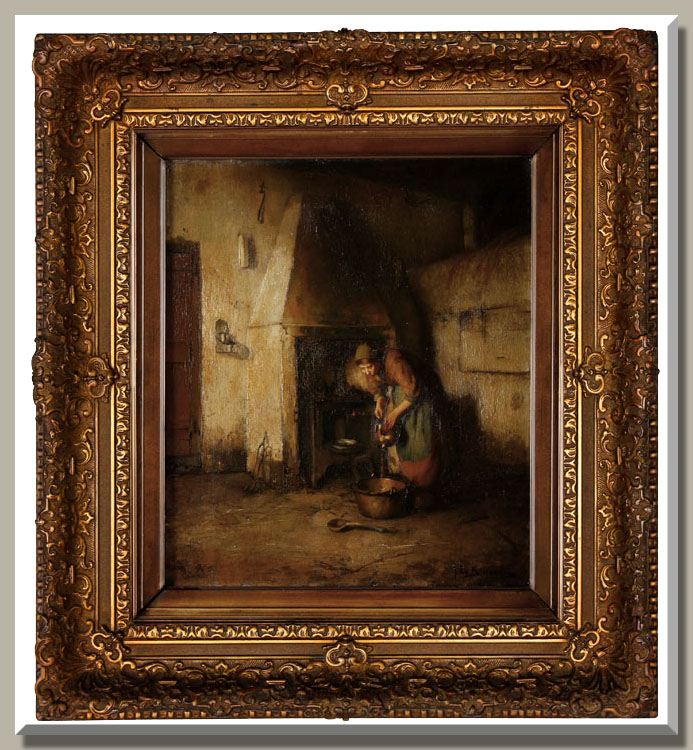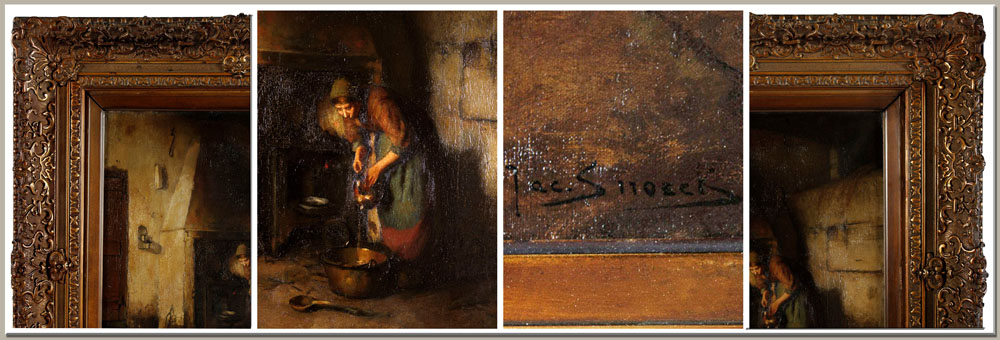 Perhaps no other style is as universally elegant as the antique French Louis XVI style, and this console is no exception! I always considered this one of my favorite styles, and it cannot be denied that its basis in classicism is both alluring and romantic. What’s not to love about florid Corinthian capitals, classic urns bursting with flower bouquets, cascading garlands and stately tapered columns?
Perhaps no other style is as universally elegant as the antique French Louis XVI style, and this console is no exception! I always considered this one of my favorite styles, and it cannot be denied that its basis in classicism is both alluring and romantic. What’s not to love about florid Corinthian capitals, classic urns bursting with flower bouquets, cascading garlands and stately tapered columns?
Of course the style was originated during the second part of the 18th century by the court of French King Louis XVI and his Queen of unquestioned elegance, Marie Antoinette. Highly influenced by amazing architectural finds of the century in both Greece and Italy, the style encompassed the best of ancient Roman and Greek architecture and design. All past significant antique French styles enjoyed a renewed popularity a century later during the Napoleon III and Beaux Artes period. In fact, Napoleon III’s wife, Eugenie, was especially enamored with the Louis XVI style, which is evident when examining pieces from the era. During the same period Italy followed suit, producing the so-called Neoclassical style which enjoyed its own resurgence, and artisans there produced exceptional works of the cabinetmaker’s art that rivaled those of the Parisian masters.

Epitomizing the early Beaux Artes aesthetic, this exquisite antique Italian console is completely hand-carved from solid walnut, and has survived with its original gesso & painted finish. Although the artistic execution occurred in Italy, it exudes the essence of the Louis XVI style. Classic motifs abound, beginning with the lovely rinceau apron which consists of solid blocks of walnut carved with splendid bas relief. Below the apron are magnificent garlands carved from single blocks with exceptionally detailed full relief, centered by the classic torchere & fascis motif. Italian artisans are legendary in their abilities to sculpt wood and stone, and this console was produced on a grand scale to perfectly illustrate that noted fact. Also original to the piece, the beautifully veined, Italian marble top completes the look. Inspired by the academic classical architectural style, this piece embodies such an approach to a regenerated spirit within the grand traditions of Greco-Roman designs. Italy, Circa 1880s. Measures 37 x 67 x 20.5.
The console as a piece of furniture actually began, in concept, as an architectural extension of the paneling and window sills, eventually evolving into a distinct piece of furniture that could be placed anywhere, but primarily in hallways and entryways. The main purpose of a console is to impress ~ to supply an elegant place to display objets d’art, and over which paintings and mirrors can be placed to create an entrance that will not soon be forgotten. This antique Italian console has all those attributes in abundance, and echoes the magnificence of the Louis XVI style to perfection!

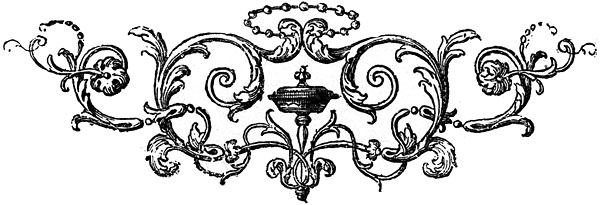

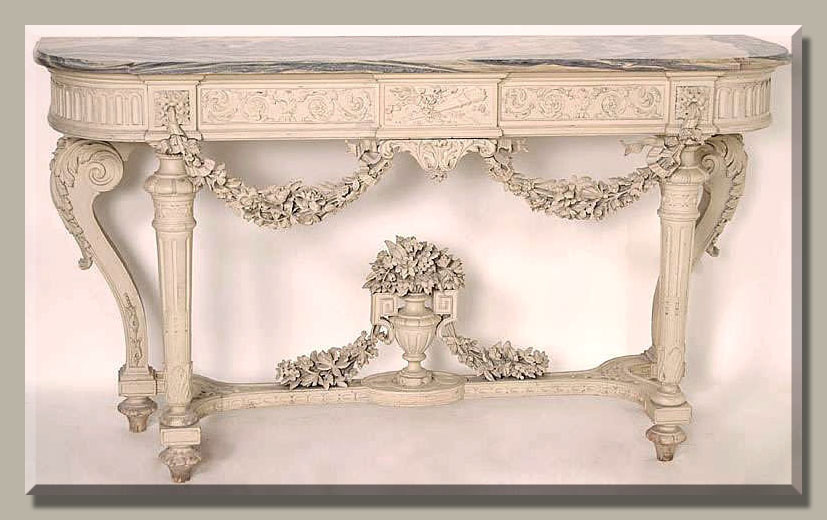
 read is the staff of life, quotes an old proverb. The panetiere, or breadbox, is considered a highly collectible
read is the staff of life, quotes an old proverb. The panetiere, or breadbox, is considered a highly collectible 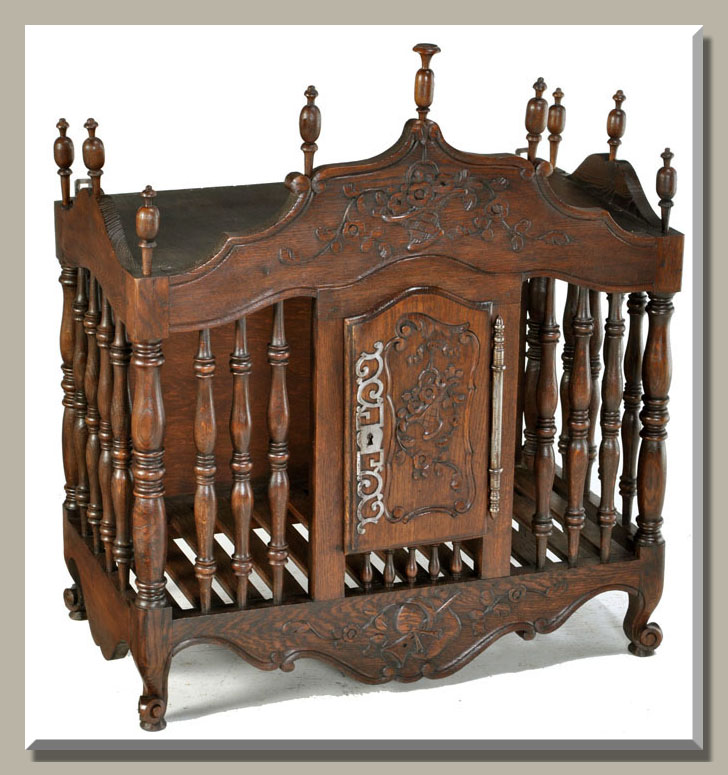



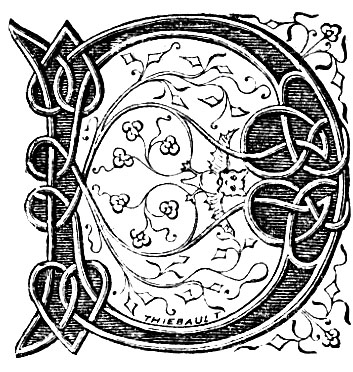 utch
utch 